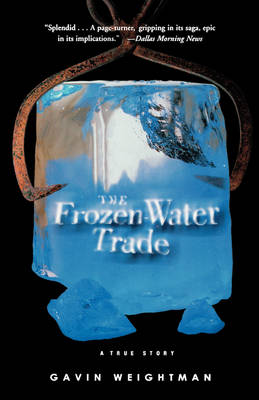This work tells the story of the 19th-century ice trade, in which ice from New England - valued for its incredible purity - had a profound influence on international trade in fruit and fish and all kinds of perishable foodstuffs. In the days before refrigeration, the frozen water trade (blocks of ice cut from the lakes of New England) kept America, Britain and many parts of the Empire cool - and helped preserve all kinds of foodstuffs. Although the harvesting and preserving of ice and snow had provided the very wealthy with summer luxury as far back as the civilizations of Mesopotamia in 2000 BC, it was in post-colonial North America that the domestic use of ice, kept in "refrigerator" boxes and used to cool drinks, first became truly popular. The American fashion for drinks "on the rocks" spread to Britain in Victoria's reign - and then to British India. In the 1830s, schooners carried the frozen cargo, packed with sawdust and tarpaulins for insulation, to Bombay, Calcutta and Madras. In time, New England schooners took ice to China and Australia.
The frozen water trade had a profound influence on the tastes of a large part of the world and stimulated the development of artificial cooling systems which eventually replaced it in the first quarter of the 20th century.
- ISBN10 0786886404
- ISBN13 9780786886401
- Publish Date 4 February 2004 (first published 4 February 2002)
- Publish Status Active
- Imprint Hyperion Books
- Format Paperback (US Trade)
- Pages 274
- Language English
